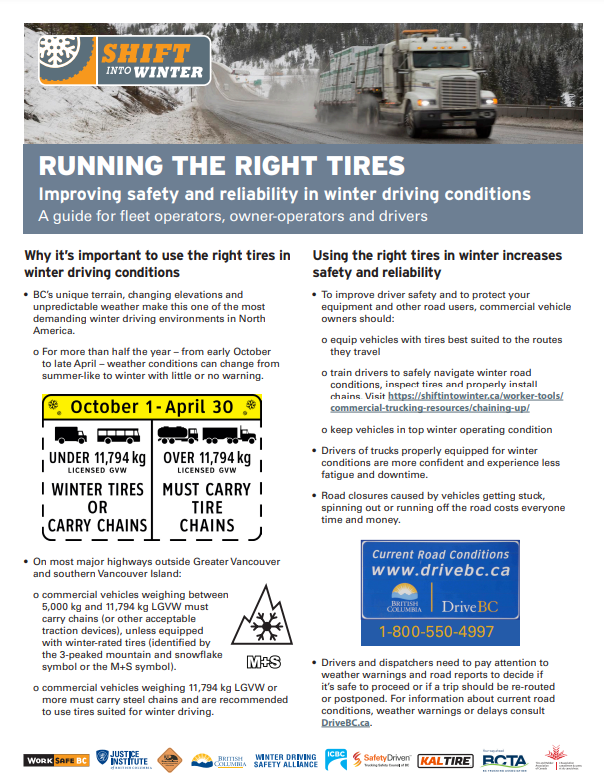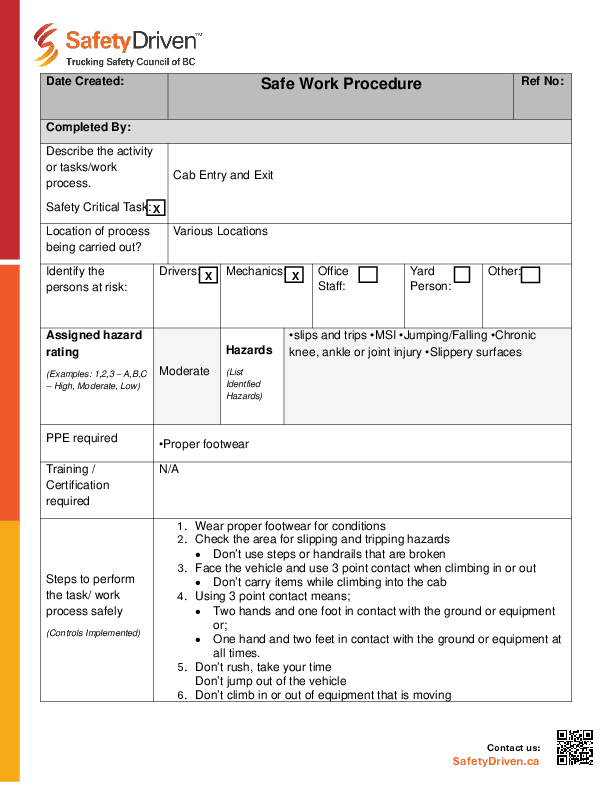
Did you know kindness can affect road safety?
Kindness isn’t something we would normally discuss as a required ‘skill’ when it comes to driving. We discuss road rage a great deal, however, and recognize that anger sitting firmly in the mind of a driver is not something that leads to the skillful operation of a motor vehicle.
So, we are well aware that anger is a detriment to road safety and actively discuss its negative effects but we rarely, if ever, talk about kindness as a skill to be taught, which will enhance road safety.
Maybe teaching kindness is too much to ask. Perhaps talking about it is enough to get us to consciously include it as part of our daily lives. What would that look like out on the road? The best example I can point to is the friction that exists today between drivers and cyclists. If you follow the news in Southern Ontario, you’re well aware of the number of collisions between vehicles and cyclists, the result being that a number of cyclists have been seriously injured or killed.
This is totally unacceptable, and completely avoidable. The simple and obvious solution is to build cycle tracks to accommodate the growing cycling community. By separating cyclists and cars/trucks/buses, we eliminate the possibility of injury and death. Instead of doing this, we paint stripes on the existing roadways to separate cars and bicycles, then ask all road users to be courteous to one another and everything will work out just fine. It’s not working.
The big problem we face on all our roadways is a prevailing ‘me first’ attitude on the part of drivers. As operators of heavy equipment – and yes, if you are a car driver, this means you too – we have a responsibility to cyclists and pedestrians. This responsibility exists because politicians and designers of our road infrastructure have decided that the best option for all of us is to share our roadways, and the simple fact is that when a collision occurs between a vehicle and a cyclist or pedestrian, the loser will always be the cyclist or pedestrian.
In a world where kindness, compassion, and courtesy guide how we interact with our fellow man, fault should not be a factor. As vehicle drivers we are asking other road users that operate without the protection of a metal box around them, to place their lives in our hands. So the safety bar is set higher for us as drivers. Our responsibility is to keep others safe. Period.
To be kind as a driver is to adopt defensive driving skills and to put them into play 100% of the time when behind the wheel. This requires a great deal of introspection and self-accountability on the part of every person that holds a driver’s licence. It’s not an option. It is our moral obligation.
Obeying traffic laws and developing habits that leave ample space for other road users to make a mistake without killing themselves is a generous act, in my opinion.
Bringing patience to your driving experience is the first step in becoming a kind and courteous driver. Putting time on the back burner of your mind is a necessity. If you are always in haste as a driver, a fatal mistake is always waiting in the wings.
Impatience is a sure way to elevate the level of risk to those around you and to yourself. Putting aside all your distractions, including thoughts of anything but driving, is an act of generosity and kindness.
I know that many people will read this and disagree with me on many points. This is exactly why we need to talk more about it. As long as we are asked to eliminate road deaths and road violence by simply following the rules, we can’t ignore our emotions and how they play out on our roadways and in our neighbourhoods. Yes, kindness is a skill, and something we need to teach.
For great safety resources visit www.safetydriven.ca
Latest Resources
Running the Right Tires
Road Safety at WorkUse this guide for fleet operators, owner-operators, and drivers to help improve safe ...
Safe Work Procedure: Cab Entry & Exit
An Employer can make use of a safe work procedure (SWP) by training new and existing ...

